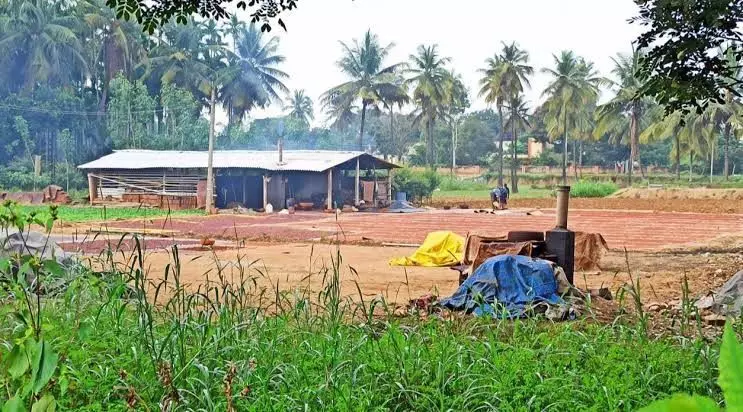India's large villages at risk of losing out on development due to 'rural' tag: Experts
According to the latest UN data, India has become the world's most populous nation with 142.86 crore people
By Newsmeter Network
New Delhi: India, the most populous country, will continue to live in its villages till the 2050s, even as a number of rural settlements now have more population than that required for them to be called a town, putting them at risk of missing out on growth opportunities, experts said on Thursday. With the latest Census exercise being delayed due to the Covid pandemic, available data from the 2011 Census shows there are 23,335 villages with a population of over 5,000, but continue to be in the category of villages as they do not fulfill other criteria, standing at a risk of missing on programmes meant for urban centres, they said.
In India, a settlement is considered urban if it has a population of over 5,000, density of population is at least 400 people per sq km, and at least 75 per cent of the population must be involved in non-agricultural activities.
The number of people living in centres with a population over 5,000 is over 23.5 per cent of the total rural population.
"India does still live in its villages demographically, even though we don't have definitive data because the 2021 Census has not been conducted. It is highly probable that India will still be living in its villages demographically till the 2050s, but it has been predominantly urban economically since the late 1990s," said Aromar Revi, Director, Indian Institute for Human Settlements (IIHS), an interdisciplinary national university focused on urbanisation.
"India uses a three-tier urban classification using density, population size and percentage of male non-agricultural workers. There are many issues with these criteria in the middle of a massive urban transition, which a number of researchers have identified, but even with changes in those definitions, India as an aggregate still lives in its villages," he told PTI.
According to the latest UN data, India has become the world's most populous nation with 142.86 crore people.
However, while more people live in villages, Indian cities already contribute to an estimated two-thirds of India’s GDP, and this number is expected to rise to 75 per cent by 2031. At the same time, around 70 per cent of all new jobs are expected to come from urban areas, shows data of the Urban Development Ministry.
The IIHS in its report 'Urban India 2015' had highlighted the emergence of high density population clusters around established urban centres accompanied by a massive increase in people living in settlements with a population between 5,000 and 20,000. This is even as urbanisation in India has been assumed to be top-heavy in nature resulting in the formulation of infrastructure investment plans that focus on large cities - those with a population greater than 100,000.
"This points to a “grey” population that remains classified as rural but is increasingly urban in character as well as deeply connected to established urban spaces and their economic and social development," the report said.
The report also said over 2001-2011, more people were added to the urban rather than the rural population and projections indicate that India may well become half urban by 2041.
It said these "potentially urban" settlements, which are defined as rural but exhibit urban characteristics due to their population size, density and proximity to established urban spaces, could dramatically change the spatial distribution of what is viewed and targeted as urban in India, and therefore must be included in policy decisions.
Nirmalaya Chowdhury, Associate Professor at the Tata Institute of Social Sciences, said in such a scenario, these large rural settlements housing crores stand at a risk of losing out on development.
"If we compare rural and urban areas, the difference is clear why people want to migrate to urban areas. Areas under panchayats have lesser facilities, but when a centre becomes a municipality, there is more investment and development," Chowdhury told PTI.
"Rural areas benefit when they get converted into a municipality. In addition to that there are also peri-urban areas which have high density of population," he said.
Asked if there is a need to redefine towns and villages, Revi said the need instead is to focus on development in small towns and large villages.
"What needs to shift is the governance and development regime that does not focus enough on the small town and large village classes, where a lot of the urbanisation opportunities are being frittered away," the IIHS director said.
As per government figures, in 2021, 65 per cent of the country’s population lived in the rural areas and 47 per cent of the population was dependent on agriculture for livelihood.
In 1960, 80 per cent Indians lived in villages, and in 2000, 72 per cent population was in the rural areas.
Inputs from PTI